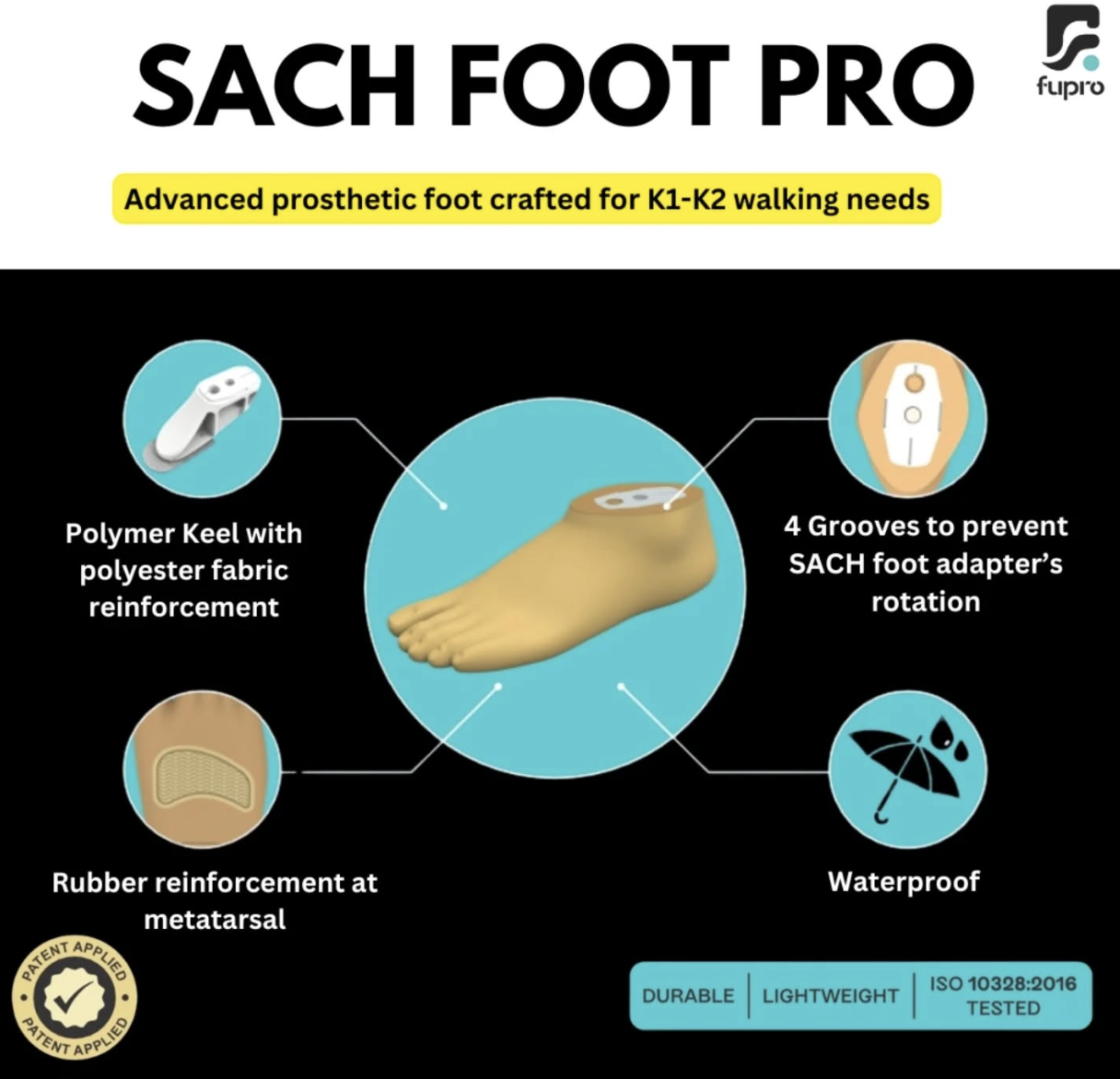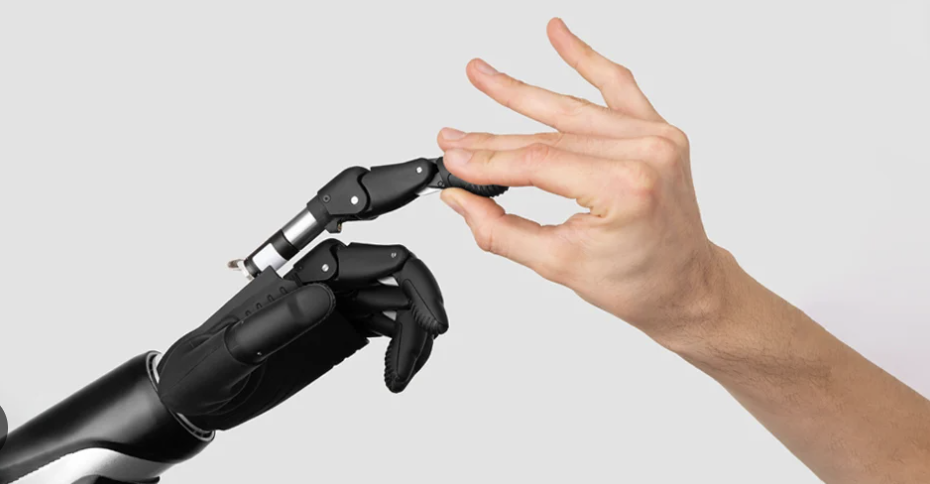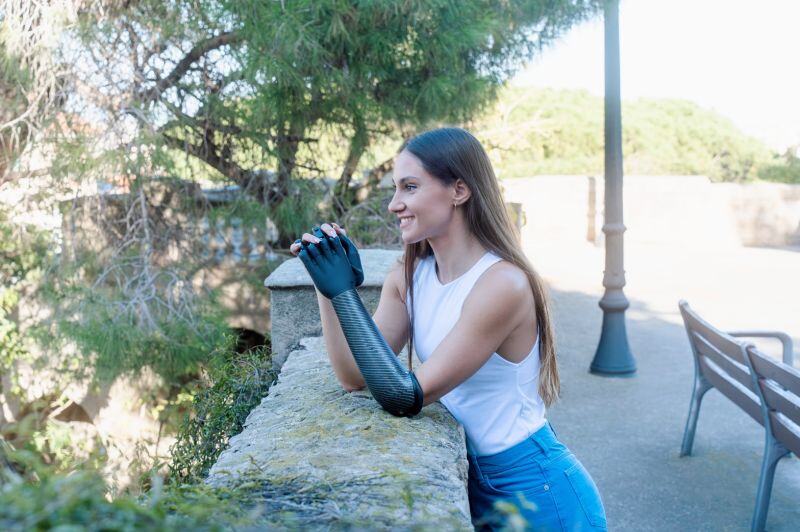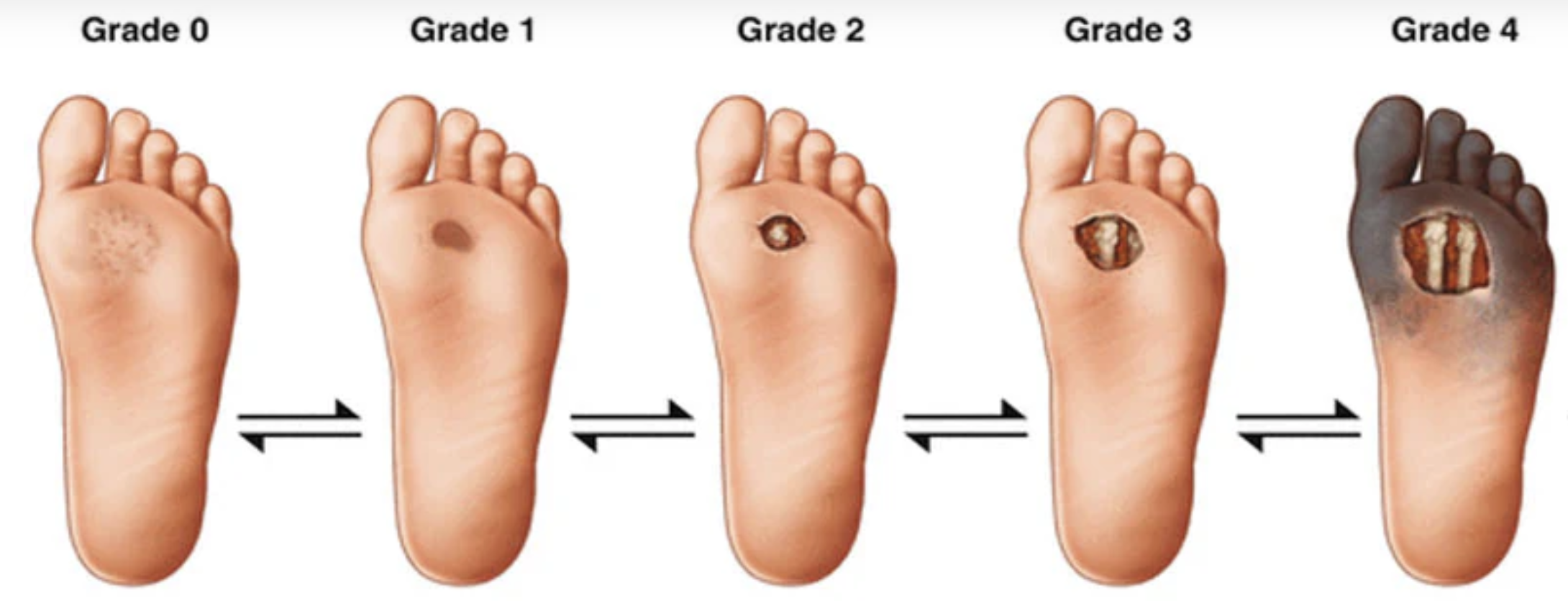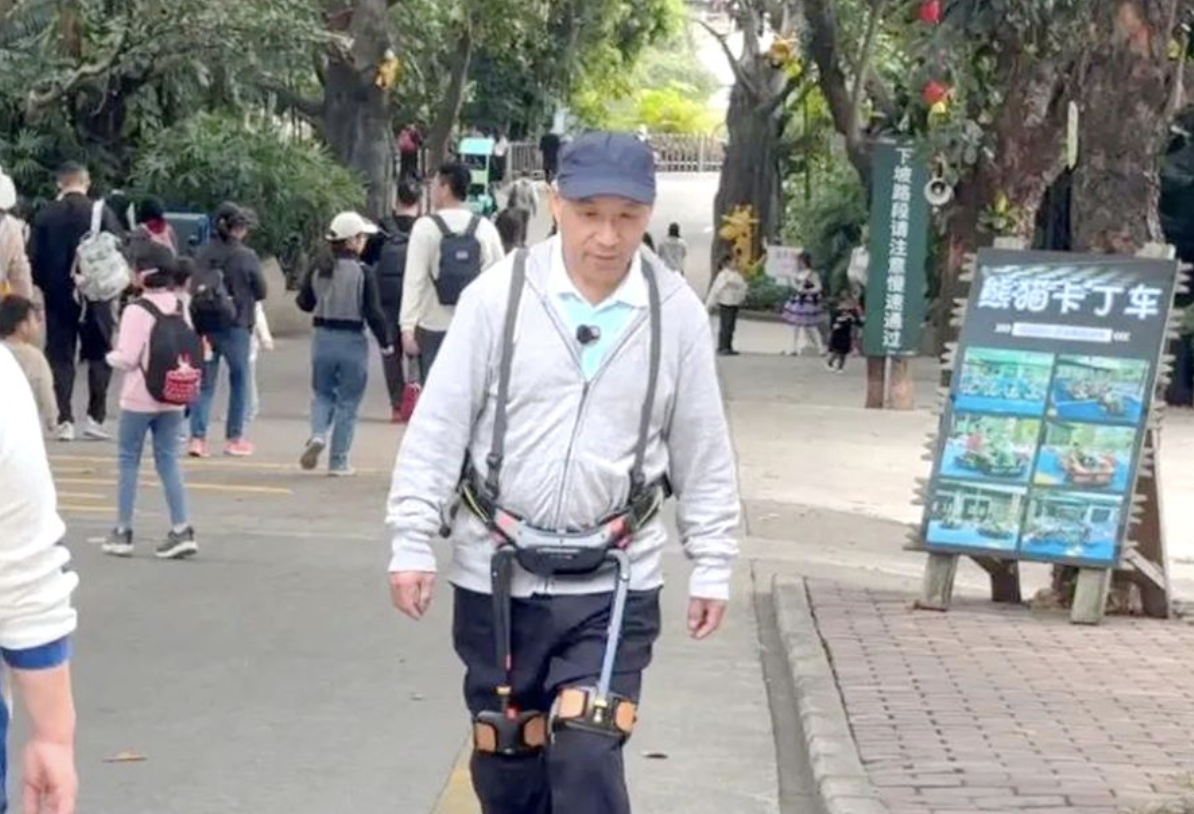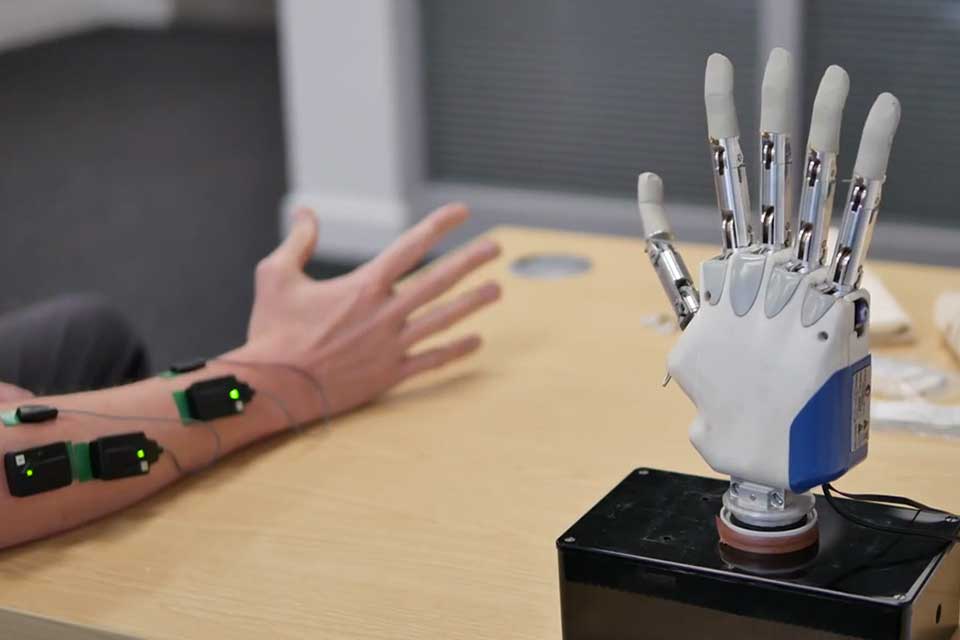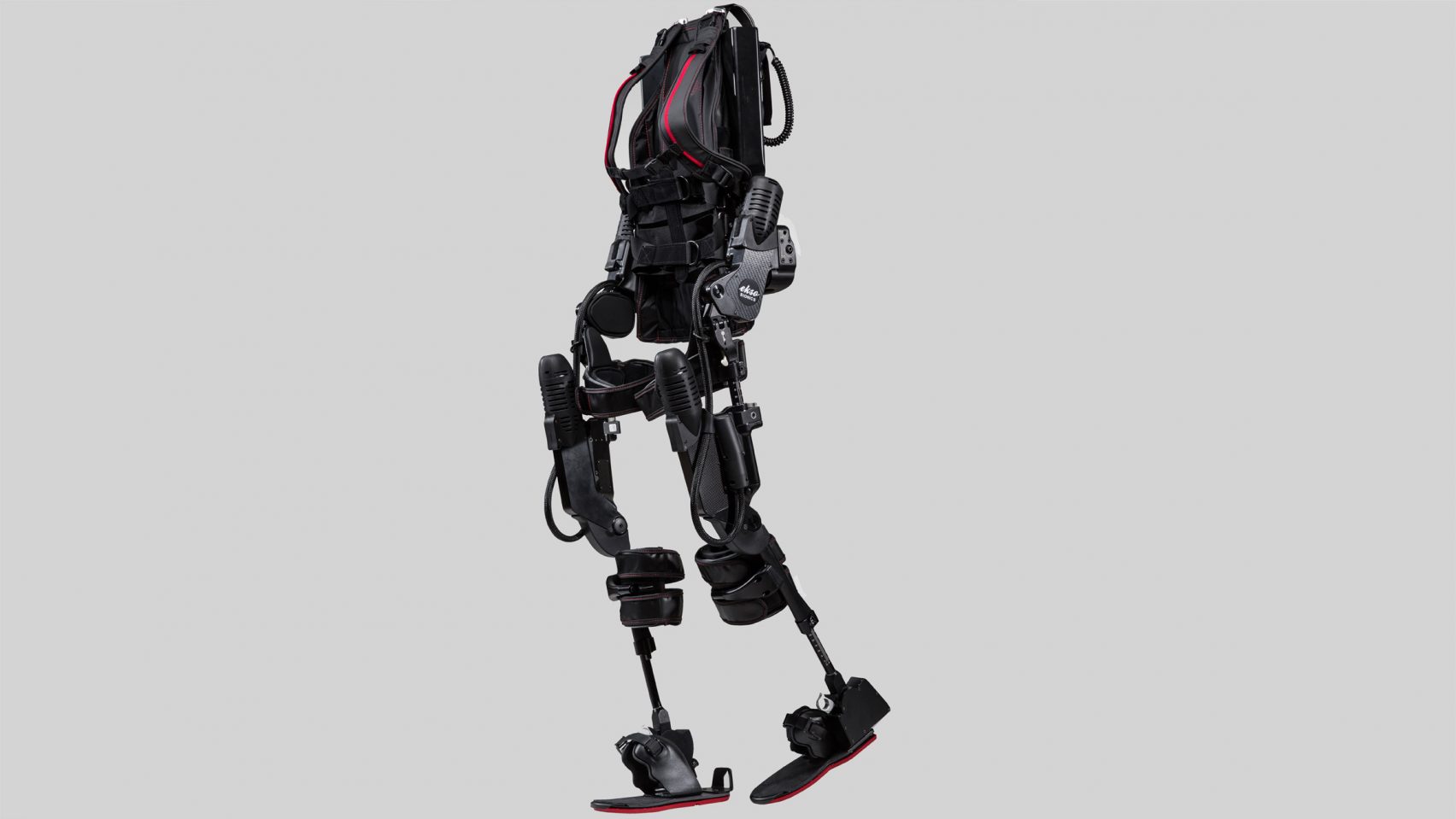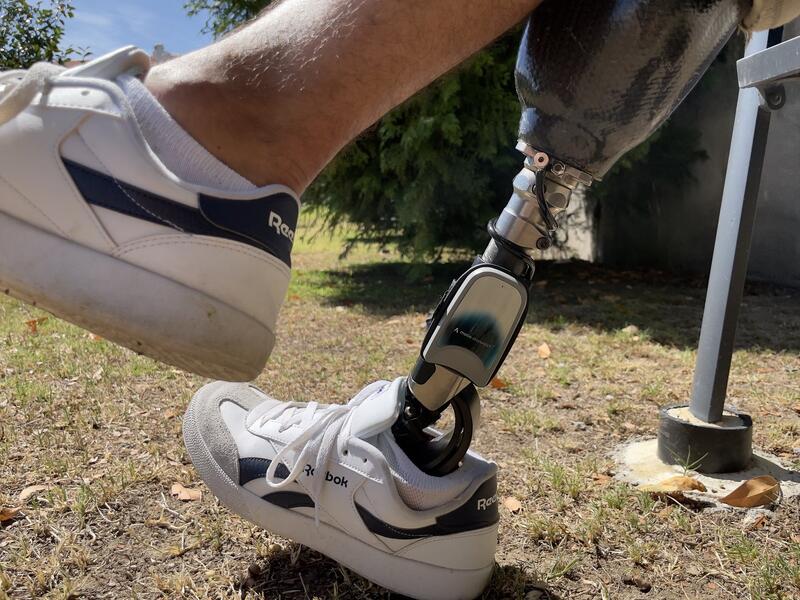By Stuart Mead
In the world of prosthetics and amputee care, a quiet revolution is taking place. The Mobile Amputee Support Unit (MASU) model, pioneered by the Restoring Hope initiative, is transforming the landscape of innovation in this critical field. By fostering direct conversations between medical device development teams and frontline prosthetists, the MASU approach is addressing urgent needs and immediate challenges with unprecedented speed and efficiency.

At the heart of the MASU model's success is its emphasis on direct communication between international design and engineering teams and healthcare workers on the ground. This connection ensures that support for day-to-day problem-solving is readily available and that priorities for immediate development are clearly identified.
For instance, the urgent need for a remouldable paediatric socket to address the staggering number of child amputees in conflict zones was quickly recognized and prioritized. Similarly, the development of a soft prosthetic design for above-elbow amputees emerged as a critical need through these direct conversations.
The way in which these new designs were developed and shared with the frontline team aligns closely with the principles of agile innovation, a methodology that has revolutionized software development and is now making waves in medical device innovation. The core tenets of agile innovation - rapid iteration, constant feedback, and flexibility - are perfectly suited to the dynamic and often unpredictable environment of frontline healthcare in a humanitarian setting.

Taking a page from the software industry's playbook, the MASU model incorporates the concept of "sprints" - short, focused periods of development aimed at producing tangible results. In the context of prosthetic innovation, these sprints might involve rapid prototyping of new designs, field testing of new materials, or the development of innovative fitting techniques.

For example, a sprint might focus on tackling the challenge of direct fitting of prosthetics when the stump is weight-bearing. The development team would work intensively on this problem for a set period, perhaps two weeks, in close consultation with frontline prosthetists. At the end of the sprint, a prototype or new technique would be ready for field testing.
The success of this collaborative model hinges on the strength of the relationships between the development teams and the frontline healthcare workers. Video conferencing technology plays a crucial role in building these relationships, allowing for face-to-face interactions despite physical distance.
These video calls go beyond mere information exchange. They allow engineers and designers to see first-hand the challenges faced by prosthetists and their patients. They can witness the joy on a child's face when fitted with a new prosthetic, or understand the frustration of a healthcare worker struggling with inadequate equipment.
This visual and emotional connection fosters a deep sense of purpose and urgency among the development teams. It transforms abstract problems into human stories, driving innovation in a way that conventional organizational structures often fail to achieve.
The emotional component of this work cannot be overstated. When engineers and designers can directly see the impact of their work on patients' lives, it creates a powerful motivator that goes beyond traditional professional incentives.

This emotional connection enables teams to achieve much more than they might in a conventional working environment. Late nights spent perfecting a design or weekends dedicated to solving a particularly tricky problem become not just acceptable, but desirable when the team knows that their work will directly improve someone's quality of life.
The MASU model has already produced several notable successes. The development of rapid fitting technology, which allows prosthetists to fit patients in just 1.5 hours, was a direct result of frontline feedback about the need for quicker, more efficient fitting processes. Similarly, the incorporation of SMART technology into prosthetics, enabling data-driven healthcare and continuous improvement of patient outcomes, arose from discussions about the need for better long-term monitoring of prosthetic use and effectiveness. Another example is the ongoing work to address the challenge of phantom pain in amputees.
These innovations demonstrate the power of agile, collaborative approaches in medical
device development. By shortening the feedback loop between end-users (both patients and healthcare providers) and developers, the MASU model accelerates the pace of innovation and ensures that new developments are directly addressing real-world needs.
Challenges and Future Directions
While the MASU model has shown tremendous promise, it's not without its challenges. Coordinating across time zones, dealing with unreliable internet connections in some areas, and managing the expectations of all stakeholders can be complex.
However, these challenges also present opportunities for further innovation. For instance, the development of asynchronous collaboration tools or offline capabilities for design software could help overcome some of these hurdles.
Looking to the future, the MASU model has the potential to expand beyond prosthetics into other areas of medical device innovation. The principles of agile development, direct user feedback, and emotionally-connected teams could revolutionize how we approach healthcare innovation more broadly.

The MASU model represents a paradigm shift in medical device innovation. By bridging the gap between developers and end-users, leveraging agile methodologies, and harnessing the power of emotional connection, it's creating a new template for how we can approach healthcare challenges.
In a world where the need for innovative healthcare solutions is more pressing than ever, the MASU model offers a beacon of hope. It shows us that with the right approach, we can accelerate the pace of innovation, create solutions that truly meet user needs, and ultimately, improve lives around the world.
As we look to the future of healthcare innovation, the lessons from the MASU model are clear: direct collaboration, agile methodologies, and a deep connection to the impact of the work are key ingredients for transformative innovation. By embracing these principles, we can continue to push the boundaries of what's possible in prosthetics and beyond, bringing hope and improved quality of life to patients around the world.

